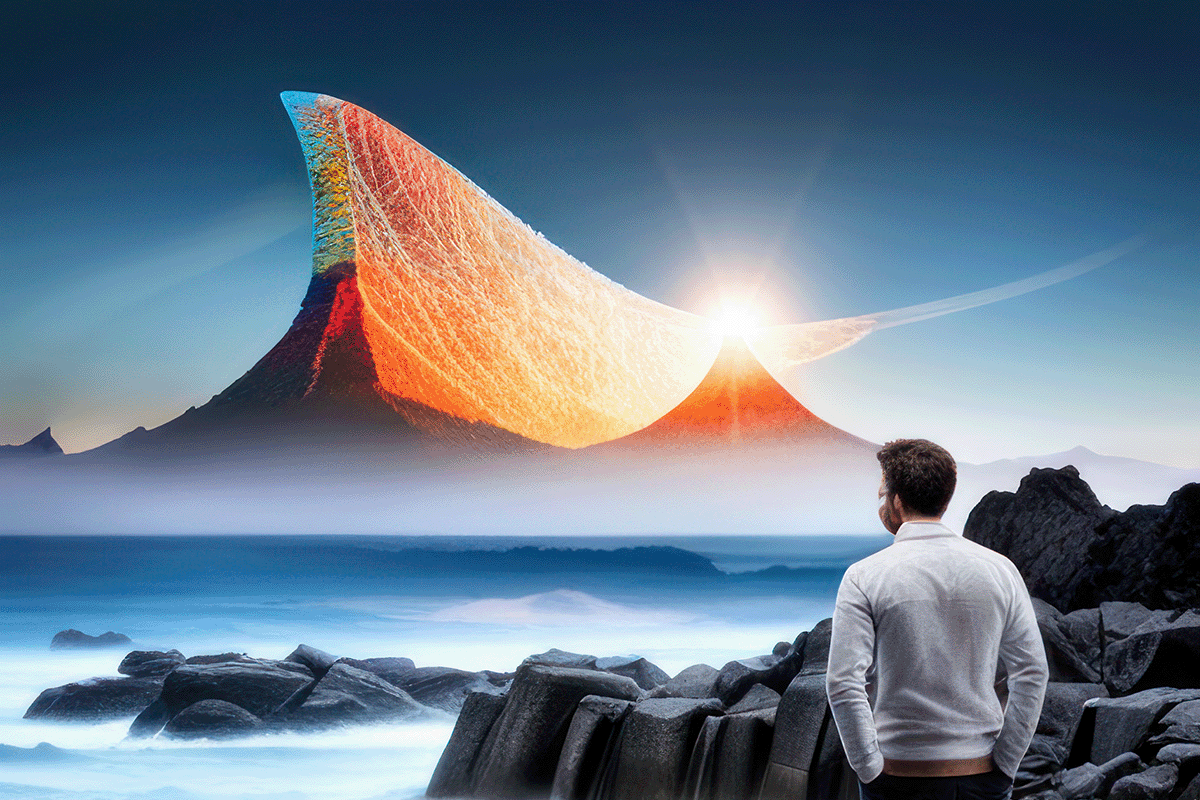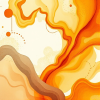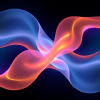Discover the Power of Image-to-Text Solutions like CLIP for Enhanced Creativity and Innovation in the World of Generative AI
- 7 minutes read - 1304 words
Table of Contents
The ever-evolving world of generative AI has witnessed a significant breakthrough with the advent of image-to-text technologies.
These technologies, such as CLIP, can fuel creativity and idea generation across various domains by converting visual information into text.
This article explores the concept of image-to-text, its applications in generative AI, and how it can inspire innovative solutions.
What is image-to-text?
Image-to-text refers to the process of converting visual information into textual data. There are two main approaches to achieving this:
- Optical Character Recognition (OCR) focuses on extracting text from printed or handwritten images.
- CLIP (Contrastive Language-Image Pretraining) aims to generate textual descriptions of images, capturing the visual data’s content and context.
While OCR is ideal for reading text from images, CLIP is more versatile in describing the overall content of an image. OCR plays nearly no role in the context of Generative AI; however, OCR can bee is seen as the first image classifier using AI.
What is CLIP?
CLIP is an advanced image-to-text model developed by OpenAI. It is trained on a large dataset of text and images to learn the relationship between the two. By understanding the context of visual and textual data, CLIP can generate more accurate and meaningful descriptions of images.
Why is image-to-text relevant?
Image-to-text technologies have a wide range of applications in the world of generative AI:
- Prompt Engineering using images: By generating textual prompts from photos, we can guide AI models like ChatGPT to create more diverse and accurate responses.
- Creating new ideas: Image-to-text technologies can inspire and generate innovative solutions by translating visual information into text for further exploration.
Image-to-text technologies have many applications in generative AI, including prompt engineering and idea generation.
Prompt Engineering
Prompt Engineering using images: Generating textual prompts from images can significantly enhance the capabilities of AI models like ChatGPT. This is because the visual information extracted from images can provide context and specificity, allowing the AI to deliver more diverse and accurate responses. For instance, instead of using a simple text prompt like “Write a story about a cat,” an image of a cat in a particular setting can inspire the AI to create a more detailed and contextually relevant story. By incorporating visual data into the prompting process, we can broaden the range of creative outputs from AI models.
Creating new ideas
Image-to-text technologies can serve as a valuable source of inspiration, helping users generate innovative ideas and solutions.
Leveraging CLIP and similar technologies can help you generate new ideas by translating visual information into text. When these image descriptions are combined with large language models like ChatGPT, a new world of creative solutions opens up.
By translating visual information into text, these technologies enable users to explore and analyze images in new ways. For example, an artist might use an image-to-text tool to describe a landscape painting and then use that description as a starting point for creating a new piece of art.
Similarly, product designers can analyze images of existing products to identify trends, features, or areas for improvement, using the resulting textual data to brainstorm new concepts and designs.
Image-To-Text as a catalyst
In both of these applications, image-to-text technologies act as a catalyst for creativity and innovation, enabling users to harness the power of visual data in the realm of generative AI.
By combining the strengths of AI models like ChatGPT with the capabilities of image-to-text technologies, we can unlock new creative possibilities and drive the development of novel solutions across various domains.
Image-To-Text reducing the role of text prompts
Until Midjourney v5 introduced the describe command in March 2023, text prompts played an important role. AI Art tool users hid their text prompts and rarely, if ever, shared them. After the describe command was introduced, text prompts were suddenly shared much more often, and the number of tutorials available soared.
In parallel, the language understanding capabilities of the AI art tools like Dall-E 2, Midjourney, and Stable Diffusion were improved. This also means that text prompts between the platforms are much more compatible. Until the language understanding was improved, each platform had its prompt language.
Improving language understanding capabilities of the AI art tool platforms and introducing or improving image-to-text solutions reduced the role of text prompt offerings selling text prompts. It made prompt engineering more accessible and democratic.
Limitations of CLIP
Despite its potential, CLIP has its limitations:
- Inaccuracy: CLIP might not always describe an image accurately, especially in cases where the image contains uncommon objects or complex scenes.
- Misattribution: CLIP and similar solutions may suggest incorrect styles or artists for the analyzed images.
Combining Image-To-Text with LLMs
Using an LLM like ChatGPT can help to improve or discover new ideas for a text prompt, for example:
Provide five alternatives for this image description: „A digital artist using advanced image-to-text technology on a computer screen, with images being translated into descriptive text.“; Use synonyms and aphorisms
Results:
„A creative professional employing cutting-edge image-to-text software on a monitor, as visuals are converted into expressive narratives."
“ An imaginative designer harnessing the power of state-of-the-art image-to-text tools on a computer display, transforming pictures into eloquent prose."
„A visionary artist utilizing breakthrough image-to-text technology on a computer screen, seamlessly transmuting visual elements into descriptive language."
„A digital creator tapping into innovative image-to-text solutions on a computer interface, where images metamorphose into vivid textual descriptions."
„An inventive artist applying avant-garde image-to-text techniques on a computer canvas, turning the visual realm into a world of articulate text."
Combining this with Generative AI API like Stable Diffusion’s API or Dall-E 2 allows one to iterate over ideas quickly. Pictures might be created using Midjourney’s template, where different styles or subjects could be repeated.
Which solutions do exist
There are currently several tools that can help you harness the power of image-to-text for generative AI:
- Midjourney Describe : A Midjourney feature that creates four descriptions from an image.
- CLIP Interrogator Locally : A local installation of CLIP or its alternatives for offline use.
- Pharma CLIP Interrogator : A CLIP interrogator which can be used via Huggingface.
- Image To Prompt via Replicate : Using the API of Replicate to get image descriptions.
- MM-ReAct: A multimodal image-to-text model capable of generating rich and contextualized image descriptions.
- Scenex by Jina AI : A service that provides image-to-text conversion as a part of its scene understanding and generation capabilities.
Conclusions
Image-to-text technologies like CLIP can potentially revolutionize how we approach creativity and innovation in generative AI.
By translating visual information into text, these technologies can serve as catalysts for idea generation and prompt engineering, enabling users to harness the power of visual data in novel ways.
Combined with AI models like ChatGPT, image-to-text technologies can unlock new creative possibilities and drive the development of groundbreaking solutions across diverse domains.


